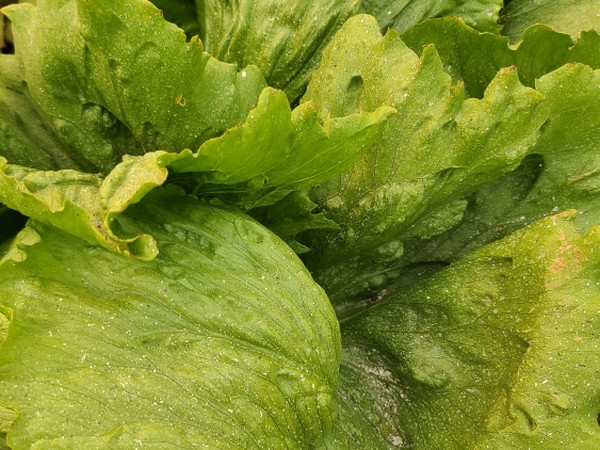Aug 24, 2020California fires impacting produce operations
California’s wildfires continue to press on as growers in the region watch and try to assess potential damage.
As of Sunday evening, Aug. 23, the state has seen more than 560 fires, two of which are being called the largest in the state’s history according to California Gov. Gavin Newsom. The fires have burned more than 1,205 square miles across California.
“The immediate effects have been poor air quality due to smoke and falling ash that has blanketed most of the Salinas Valley and all the crops that grow here,” says John Galvez of Salinas, California-based Markon. “The smoke makes an already challenging job more difficult for farmworkers, and although grower/shippers are adjusting production hours to minimize exposure, they may be forced to curtail production if conditions become too hazardous.”
‘Ash is everywhere’
He adds that the ash is everywhere and impossible to remove completely. “Leaf lettuce crops that grow open have more substantial amounts that get trapped in between the leaves. It is expected that most field-packed crops will have some ash on them and require thorough rinsing,” says Galvez.
As Galvez says, while wildfires have impacted the Salinas Valley before, this River fire is the closest they’ve seen in proximity to farmland and may end up having the most impact compared to events of the past. “I’m not sure there’s anything growers can do to prepare for something like this,” he says. “But as these events unfold, communication to customers is critical to understand the challenges and how the supply and quality of fresh produce may be affected.”
Over at G.W. Palmer & Co. Inc. in Salinas, Califonria, Steve Johnston says he hasn’t yet heard of any crops that have been damaged and nor have there been any customer complaints over product that has gone out in the last week. (The situation has been building up following the first lightening strikes that began a week ago Sunday.) “I just don’t know how the poor workers were able to handle it. They had the masks on to help them so that’s a good thing. But the heat and the ash and the air quality have been unbelievable,” says Johnston.


Smoke and heat
He adds that while the heat is an issue, the smoke has actually helped somewhat. “The smoke has kept down the temperatures. It could have been a lot warmer had it not been for all the smoke in the sky,” says Johnston.
So for now, growers will continue to watch and wait. As Jeannie Smith of E Foods notes, fire firefighters in the region are acutely aware of stopping the fires prior to hitting the fields. “They know the financial damage a fire-ravaged field would cost. Not only the loss of product but the loss of jobs,” says Smith, noting that this is another challenge on top of COVID-19 related circumstances. “The fire crews are literally moving mountains to protect life and property,” adds Galvez.
That said, the impact could be wide. “Many people who work in the agriculture community live in the neighborhoods with evacuation orders or warnings so there probably isn’t a produce company in the area that hasn’t had at least a couple of people directly impacted,” says Galvez. “It’s made for an extremely stressful and disruptive week.
– John Galvez, Markon
Photo at top: Ash covers a farm worker’s gloves. Photos; Markon















